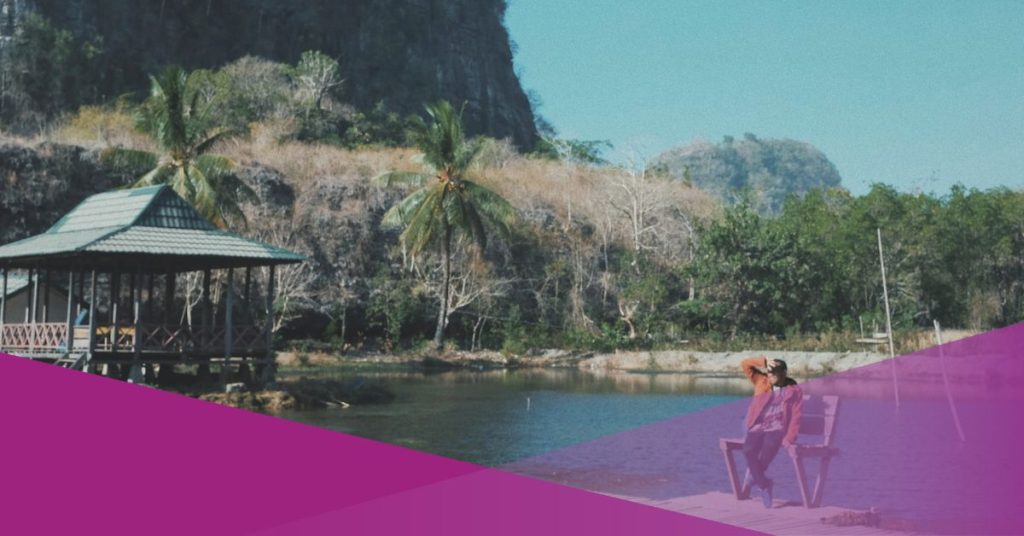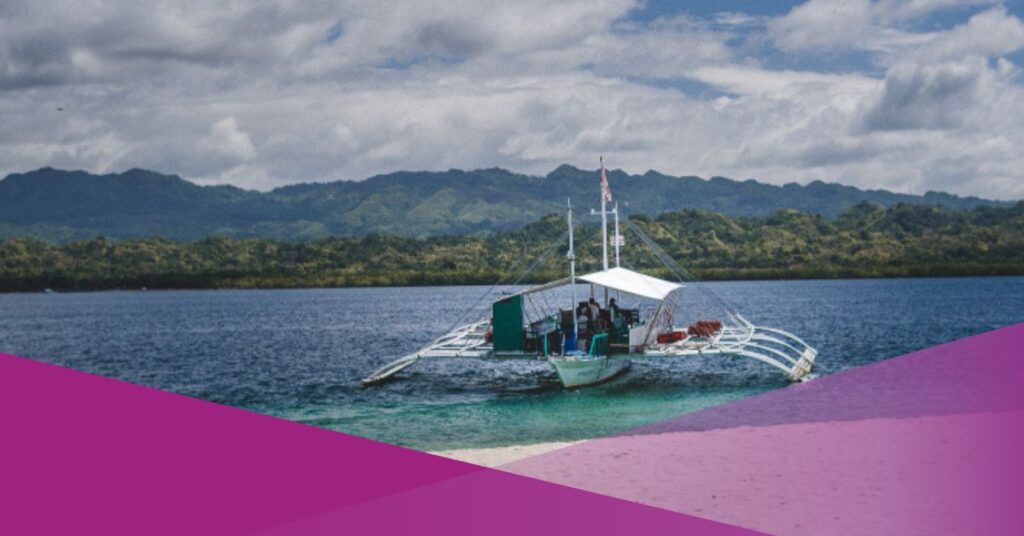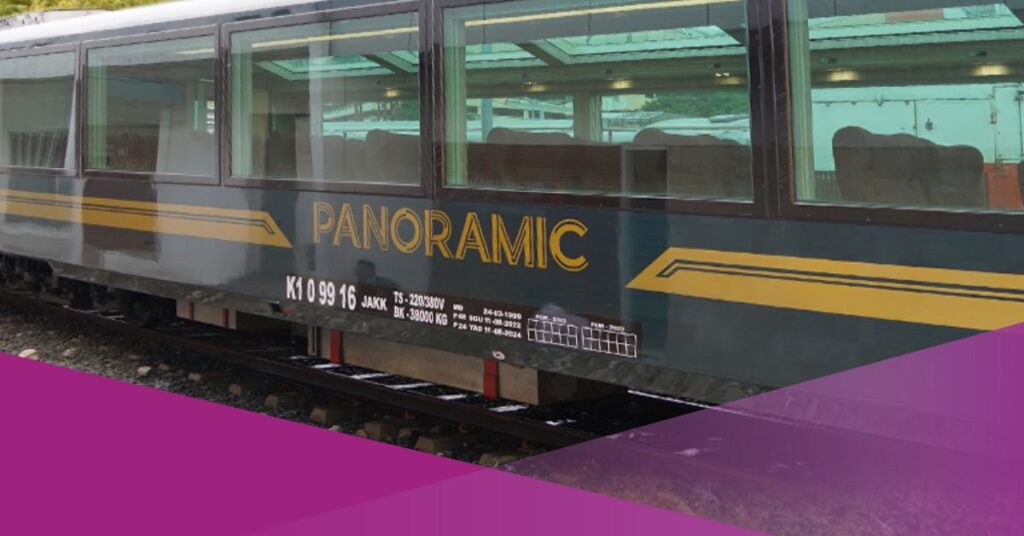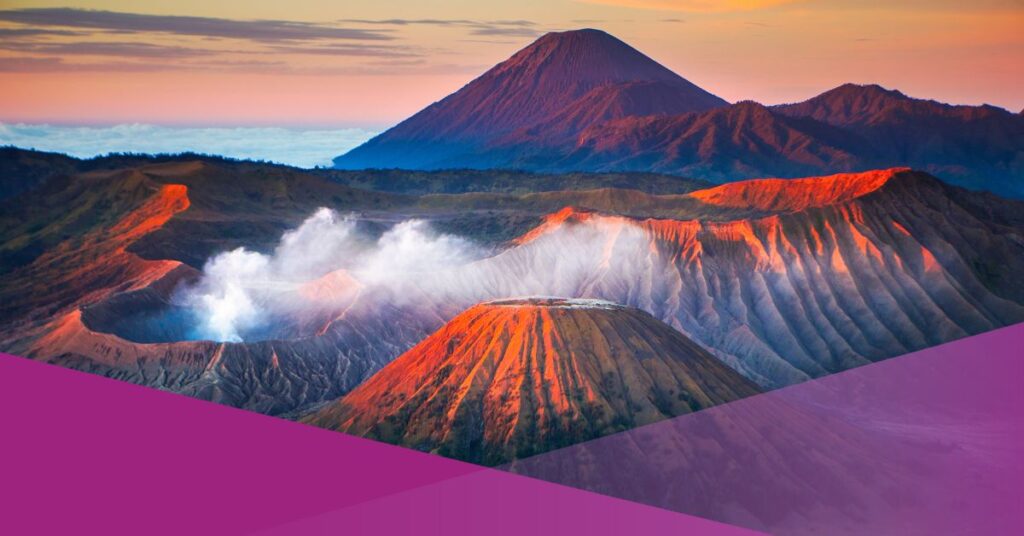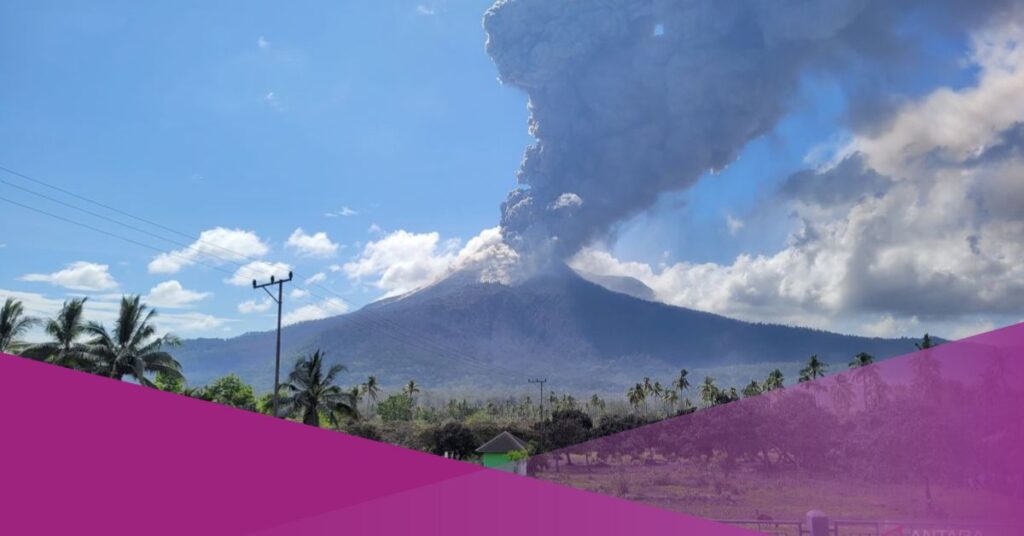14th September 2022 – Geopark Maros-Pangkep in South Sulawesi is officially a part of UNESCO Global Geopark (UGGp). It is determined by the Centre for Education, Science and Culture (PBB) through the UNESCO Geopark Council Meeting in Satun, Thailand.
Responding to this news, the Minister of Tourism and Creative Economy (Menparekraf), Sandiaga Uno, said that his team is developing a travel pattern for the Geopark Maros-Pangkep area. This was announced in the Ministry of Tourism and Creative Economy (Kemenparekraf) Weekly Press Briefing at Central Jakarta on Monday (12/9).
The Geopark Maros-Pangkep covers two districts in South Sulawesi, namely the Maros and Pangkep. The area of 2,243 square kilometres has 400 caves, as well as the second largest karst cliff in the world which covers 43,000 hectares.
In this Geopark, specifically in Leang Timpusaeng, handprints and paintings of pigs and deer from 40,000 years ago can be seen. Another destination in Maros-Pangkep, Kampung Rammang-rammang, is one of the tourist attractions as there are towering karst cliffs in the background of the village. There are also a couple of waterfalls, namely the Air Terjun Lengang and Air Terjun Lacolla.
In order to support sustainable tourism in Maros-Pangkep, the Manparekraf will increase the development of homestays and ecosystems in the area.
“Congratulations and in the future, we will build its ecosystem, there are several homestays already but we will increase it and we also hope that there will be a positive impact on the local economy,” said Uno.
The assessment of Geopark Maros-Pangkep in South Sulawesi as part of UNESCO’s World Heritage was done last June from 6th to 8th by affiliated ministries. The Head of the South Sulawesi Culture and Tourism Office (Kadisbudpar), Prof Jufri, accompanied them.
UNESCO’s assessment team representatives from Czech and Denmark visited the Geopark Maros-Pangkep conducted an assessment from the 14th to 18th of June 2022.
